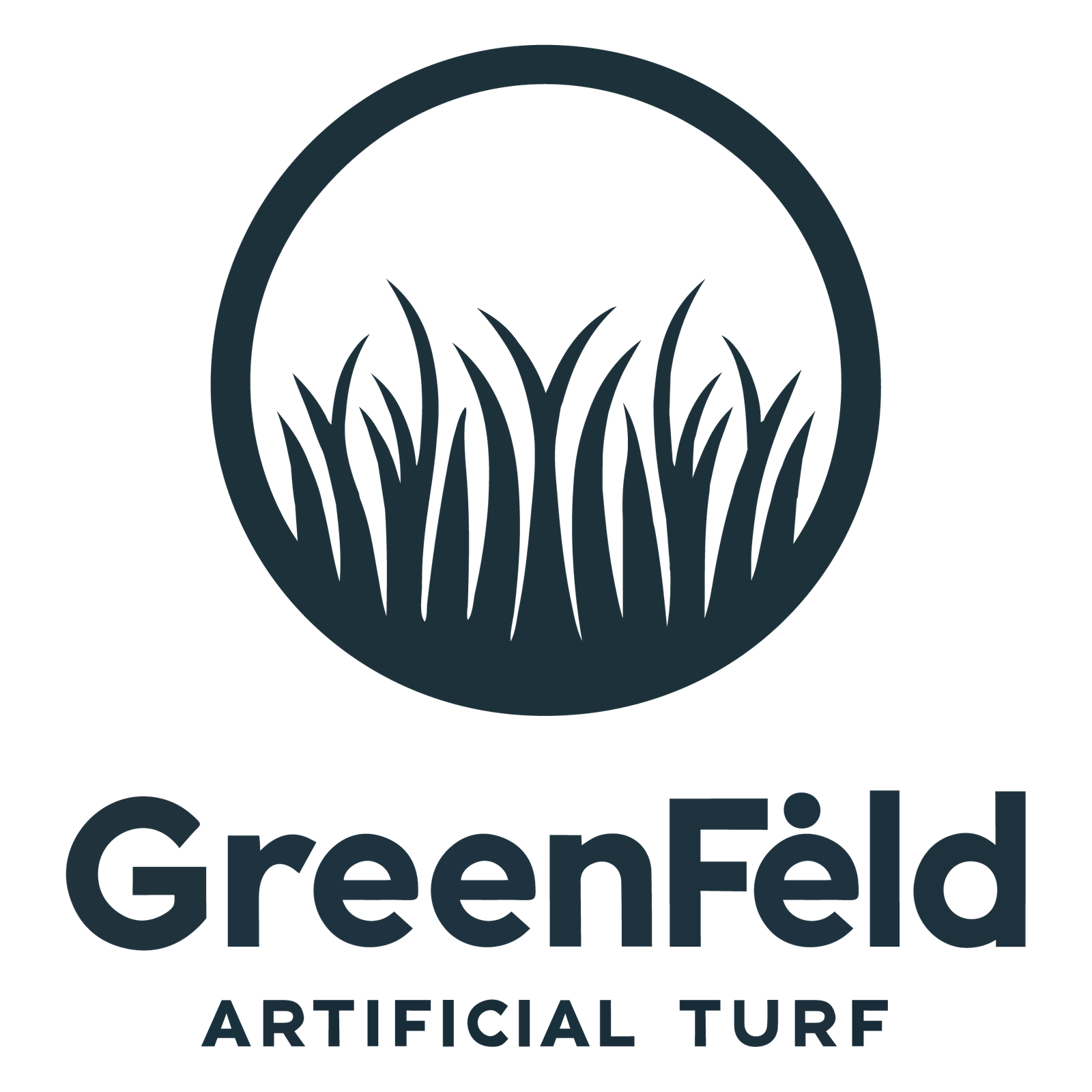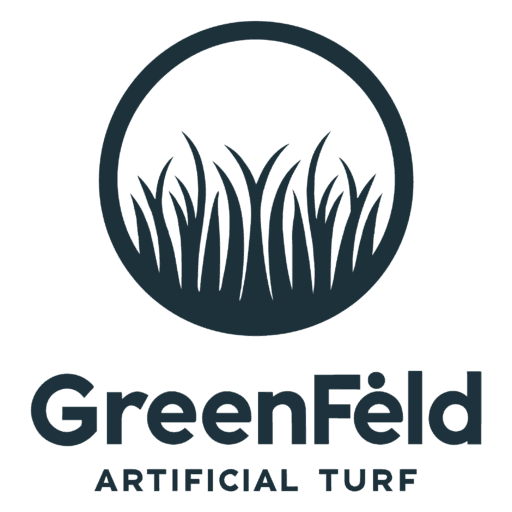Struggling with inconsistent golf practice sessions? Without regular access to a green, improving your putting skills feels impossible, leaving you frustrated and doubtful of progress.
Indoor synthetic putting greens are definitely worth the investment because they offer consistent practice opportunities, closely mimic real greens, and significantly improve your putting skills without needing outdoor access.

Indoor Synthetic Golf Putting Green
But before making your decision, let's break down the essentials, including their effectiveness, the ideal materials, and the real costs involved.
Do indoor putting greens actually help?
Tired of wasting time traveling to practice greens and still seeing little improvement in your putting accuracy? Many golfers face this problem daily.
Indoor putting greens absolutely help by providing consistent, convenient practice. Regular use improves accuracy, stroke consistency, and muscle memory, enhancing overall performance on real courses.

Practicing Putting at Home
How indoor putting greens improve your game:
| Benefit | How it Helps Your Putting Skills |
|---|---|
| Consistency | Daily practice improves muscle memory, enhancing accuracy. |
| Convenience | Eliminates travel, allowing more frequent short sessions. |
| Feedback | Immediate feedback helps you adjust technique quickly. |
| Weather-independent | Uninterrupted practice sessions regardless of weather. |
Indoor synthetic putting greens mimic real green speeds, slopes, and breaks. Practicing regularly on these greens helped me dramatically improve my putting accuracy and confidence. Without waiting for good weather or dealing with crowded facilities, I can consistently maintain my training. Many golfers I've spoken to agree, crediting their indoor greens for their improved performance. It's about developing the right habits, and nothing beats consistent practice at home.
What is the best material for indoor putting greens?
Worried that the synthetic green you choose might feel unrealistic or wear out quickly? Selecting the wrong material could result in dissatisfaction and unnecessary expense.
The best material for indoor putting greens is polyethylene or nylon synthetic turf. These materials closely replicate real greens, offering realistic ball roll, durability, and easy maintenance.

Synthetic Turf Material
Comparing popular indoor putting green materials:
| Material | Durability | Realistic Feel | Maintenance Level | Cost |
|---|---|---|---|---|
| Nylon | Excellent | High | Low | High |
| Polyethylene | Good | Very High | Moderate | Medium |
| Polypropylene | Fair | Moderate | High | Low |
Based on my experience, nylon greens offer the best durability, especially for intensive use in commercial settings or hotels. However, polyethylene greens provide the most realistic putting experience, closely matching natural turf. They are softer and allow balls to roll accurately, making them my top recommendation for premium hotels and resorts. Avoid polypropylene for intensive use, as they wear quickly and lose realism over time. It's essential to choose the right material based on your specific needs and how heavily the green will be used.
How much does a synthetic putting green cost per square foot?
Concerned about overspending or getting poor value for your investment? Price is always a critical factor when deciding on an indoor putting green.
Synthetic putting greens typically cost between $10 to $25 per square foot. Prices vary depending on the material, complexity of installation, base preparation, and desired quality.

Cost of Synthetic Putting Greens
Factors influencing synthetic putting green costs:
| Factor | Impact on Cost | Why It Matters |
|---|---|---|
| Material Quality | High | Better materials cost more but perform better. |
| Base Preparation | High | A proper base ensures stability and longevity. |
| Customization | Moderate | Complex slopes or designs increase installation costs. |
| Size of Project | Moderate | Larger areas usually cost less per square foot. |
From my work at GreenFiend, I've seen firsthand that investing in high-quality materials and professional installation ensures long-term value. Although upfront costs might seem higher, the durability and realistic performance mean fewer replacements and lower maintenance costs over time. They've seen significant returns in guest satisfaction and lower overall maintenance costs by choosing premium solutions. Remember, opting for lower-quality products might save money initially but will likely cost more in frequent replacements and upkeep.
Conclusion
Indoor synthetic golf putting greens are worth it, providing consistent practice, realistic performance, and long-term savings, significantly benefiting your golfing skills and business investments alike.

